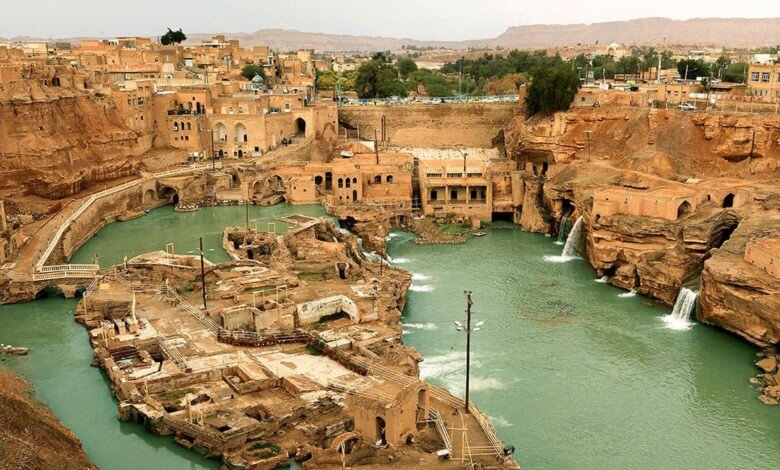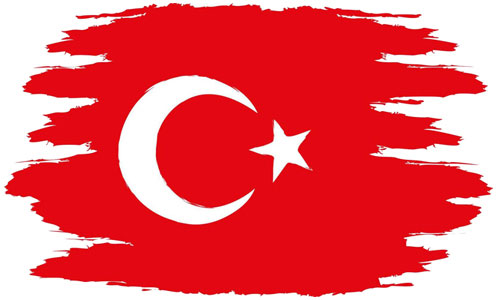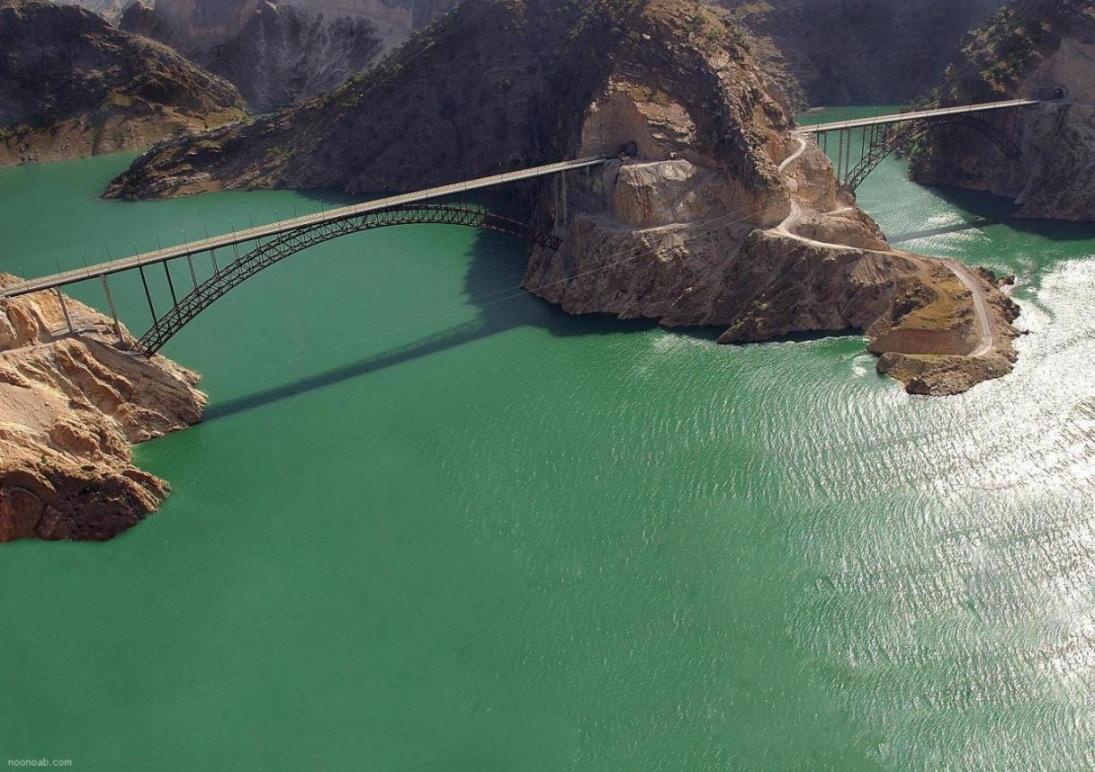Introduction
Khuzestan Province is one of the most large provinces in Iran, situated in the southwestern part of the country. It is one of the most important and strategic regions of Iran due to its enormous oil and
natural gas reserves. The city of Ahvaz is capital of this province. Khuzestan is a land rich in history and culture, housing ancient archaeological sites, unique traditional customs, and ethnic diversity. This province is the home of Ahvazi Arabs and Bakhtiari tribes, who have strongly influenced its social, cultural, and economic development. In this essay, we aim to explore the rich heritage of Khuzestan Province, comprehensively describe its cultural, literature, art,
social, economic, geographical, and historical background, and highlight its importance and role in the context of great Iranian civilization.
Historical Background
Khuzestan has a rich historical background dating back to ancient times. The Elamite civilization flourished in this region around 2500 BCE and is considered one of the oldest civilizations in Iran. The Elamite kingdom was later replaced by the Achaemenid Empire, followed by the Sassanid and Islamic periods. During the Islamic period, Arabs migrated to Khuzestan, and the Arab-Islamic culture and language influenced the region's culture. Therefore, the Ahvazi Arab culture has had deep roots in Khuzestan
Province ever since.
Cultural Background
Khuzestan is a region where different ethnic groups coexist, each with their distinctive cultural heritage. Ahvazi Arabs constitute the largest population of the province, making up more than 70% of the population. The Bakhtiari tribes in western Khuzestan also have a significant cultural impact on the region.
The culture of Khuzestan is fiercely patriotic and often reflects the historical richness of the region. Music and dance performances have a particular importance in the province's cultural heritage, often used for celebratory and festive occasions. The majority of the music is related to the Ahvazi Arabic culture, and some of the most well-known performances include Khaleeji, Bandari, and Luri music.
Khuzestan's rich literary heritage is intimately associated with its shared culture, history, and religion.
The most distinguished literary figures of this region are mostly poets and writers whose works are a source of pride for Ahvazi Arab culture.

Khuzestan province has played a critical role in the history of Iran's great civilization
Artistic Background
The famous and unique handicrafts of Khuzestan are a manifestation of the province's historic life, its culture, beliefs, and traditions.
The most notable artistic handicrafts of Khuzestan include rug weaving, textile weaving, basketry, and pottery. These products have been in existence for many years and have been refined to preserve their age-old skills. Such handicrafts have become a part of the province's economy and are a significant source of income for the residents.
Social Background
Khuzestan province has several different tribal groups that live together. The city of Ahvaz has a mixed population of Arabs, Persians, and Lurs. It is essential to note that Iranians are the minority in this province, indicating the unique social identity and cultural diversity of this region. Social life in the province is centered on family bonds, and respect for elders and traditional
dress is highly valued.
Economic Background
Khuzestan province is one of the most important regions in Iran regarding the economy. Nearly 80% of Iran’s oil is located in this region, making it the centre of Iran's oil industry. Khuzestan's other key industries are the petrochemical, refining, and steel industries. The agriculture of this province is another significant contributor to Iran's economy, mostly based on growing rice, wheat, and various citrus fruits.
The region is also famous for its world-class fishing and aquaculture, with sizable fish reserves found in the Persian Gulf.
Geographical Background
Khuzestan province is situated in southwestern Iran and located between the Persian Gulf to its south, Iraq to its west, and Lorestan province to its north. The province covers an area of about 63,238 kilometers and is a highly humid region with a continental climate. The province's main river is the Karun River, which is one of the most significant rivers in the country and home to many factories and hydroelectric power plants.
Importance and Role of Khuzestan in the Context of Great Iranian Civilization
Khuzestan province has played a critical role in the history of Iran's
great civilization. The Elamite civilization, known as the oldest in Iran, was established in this region, and historians believe that the center of the Achaemenid Empire was located in this region. The epic story of the Persian king Cyrus the Great, who conquered the kingdom of Babylon and freed the Jews, took place in Khuzestan. It was during the Sassanid Empire that the Ahvazi Arab tribes migrated to Khuzestan, bringing their culture, religion, and traditions with them.
Despite its strategic and economic significance, Khuzestan’s cultural heritage and traditions are often overlooked, underscoring the importance of this region in the context of great Iranian civilization. The province’s diverse cultural heritage, unique customs, and ancient archaeological sites are
critically important to the country’s identity, cultural richness, and heritage.
Competitive Advantages of Khuzestan in Iran's Contemporary Progress Towards Sustainable Development
Khuzestan province is rich in resources that can spur economic growth and development, enabling it to contribute significantly to Iran's contemporary progress toward sustainable development. The region's vast oil, natural gas, and petrochemical resources are some of the most critical advantages, with the province generating significant revenues from these industries. The province is also rich in agriculture and fish reserves, making it an essential contributor to Iran's food security and a significant source of foreign exchange. Moreover, Khuzestan is strategically positioned, bordering both Iraq and the
Persian Gulf, making it an important commercial and trade hub.
Conclusion
Khuzestan is a land of rich history, culture, and traditions, with a unique and diverse social fabric. The province's strategic location and vast resources play a pivotal role in the country's economic and sustainable development. The province's unique cultural heritage, traditions, and ancient archaeological sites hold significant importance in the context of great Iranian civilization, underscoring the need to preserve and protect this region. By recognizing and investing in the province's
diverse economic advantages, Khuzestan can play a significant role in shaping Iran's sustainable development and contributing to the country's overall growth and prosperity.
Dear Visitor; Please take a look at the list of 50 most visited websites in the world wide web: YouTube, Facebook, google, translate, gmail, weather, amazon, Instagram, cricbuzz, Hotmail, wordle, satta king, twitter, yahoo, yandex, sarkari result, Netflix, google maps, yahoo mail, roblox, whatsapp, NBA, BBC news, outlook, pinterest, flipkart, eBay, omegle, live score, tiktok, canva, ipl, premier league, hava durumu, ibomma, walmart, twitch, ikea, shein, linkedin, home depot, e devlet, lottery, snaptik, cricket, serie a, nfl, spotify, fox news, amazon prime; There is no book publishing related or project management website in this list. We are working hard to bring these important issues to the center of concentration of societies. Please introduce us via social media, share our website with others and help us to make our world a better place to live. Best Regards.












Write your review